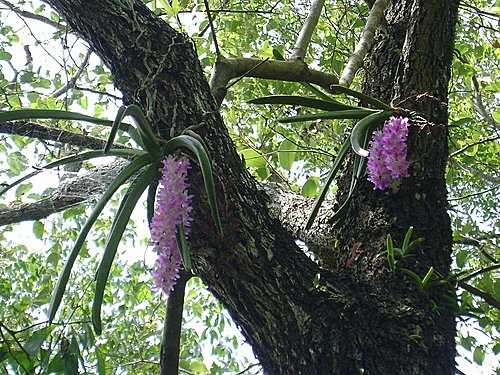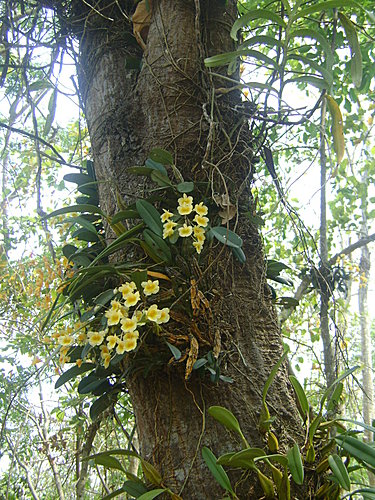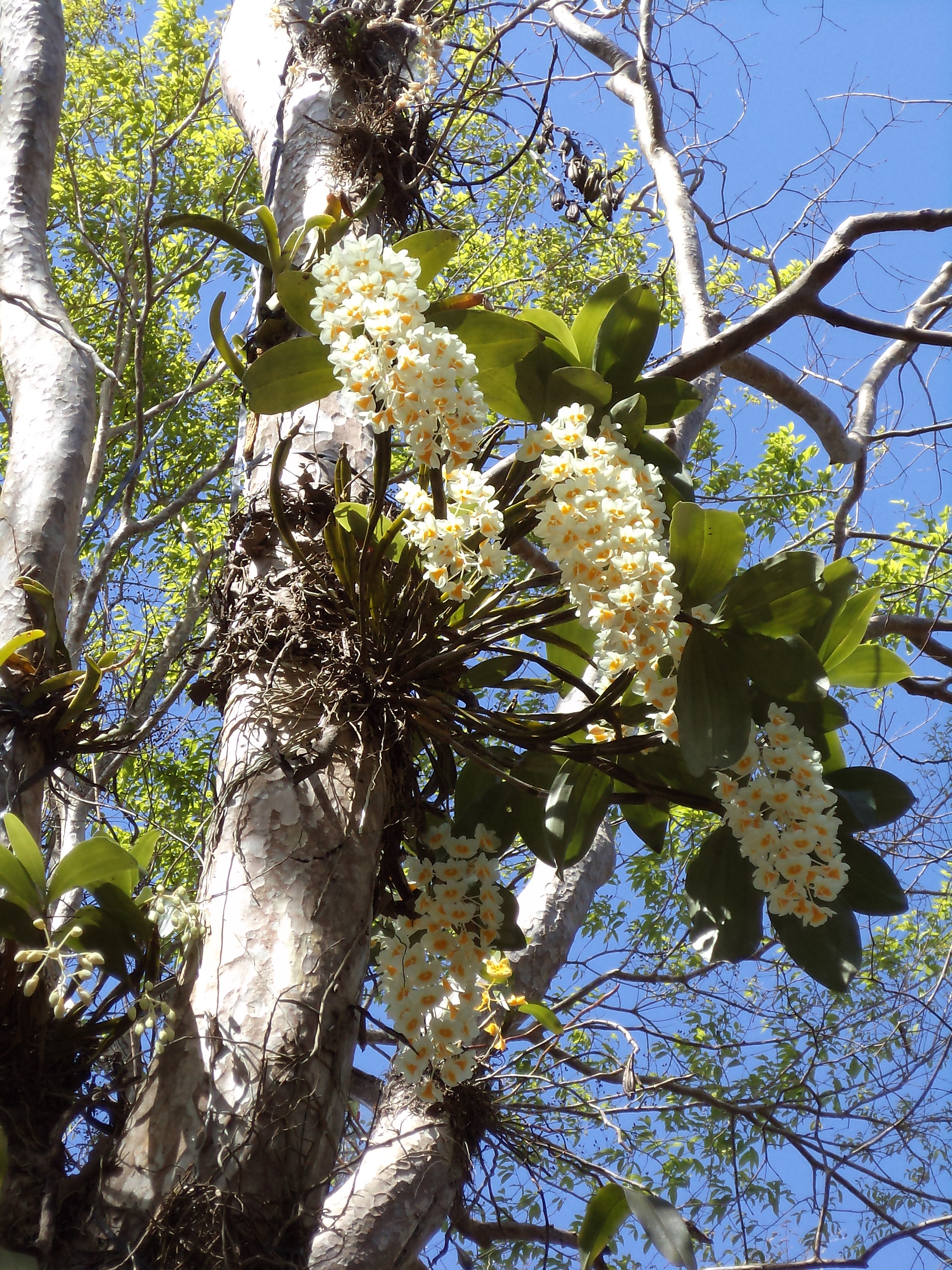
Blog Người Ban Mê
- NHẬT KÝ VƯỜN BÁCH THẢO LÂU ĐÀI YẾN - BUÔN ĐÔN
- NHẬT KÝ VƯỜN TROH BƯ
- Tất tật về Du lịch nông nghiệp, Farmstay
- Món ngon tây nguyên
- Các báo viết về Troh Bư và Lâu đài Yến
- Du lịch Daklak
- Nói về lan
- Nghệ thuật vườn rừng
- Ban mê xưa và nay
- Club 47 của tôi
- Du lịch các tỉnh
- Cà phê và văn hóa cà phê
- Chùa Bửu Thắng
- Ngày xưa …sinh hoạt đòan
- Lớp thờ sờ của tớ
- Trà bờm, Giang còi
- Trung học Buôn Ma Thuột
- Sưu tầm những gì hay hay
- Văn hóa Tây nguyên
- Du lịch Buôn Đôn
- Du lịch Buôn Ma Thuột
- Cẩm nang du lịch Dak Lak
- Chuyện Dak Lak, Ban mê
- LƯU BÀI VIẾT CŨ
- Ký ức sống
- Trang trại Heo rừng lai
- Trang trại gà rừng lai
- Huyền thọai Ama Kông
- Thuốc lạ, mẹo hay
- Nói về hoa mai
- Du lịch Homestay, Farmstay
- Voi Bản Đôn, Dak Lak
- Du lịch …đi về miền ký ức
- Thích...Cẩm cù
- Chó Phú Quốc
- Trà Khổ qua
- Huyền thoại...cà phê chồn
- Phim trường ảnh cưới
- THẾ GIỚI HOA HỒNG
Hỗ trợ trực tuyến
 Hotline: 0914042803
Hotline: 0914042803Yahoo tư vấn
 Mail tư vấn
Mail tư vấn
Liên kết Website
Thông tin tiện ích
Lượt truy cập
- Đang xem
- Hôm nay 3504
- Tổng lượt truy cập 13,558,482
Fanpage facebook
Dịch vụ
- Câu chuyện làm lại Khu bảo tồn Troh Bư 2 ở Vườn Bách thảo bảo tồn lan Đảo Yến Buôn Đôn
- Bảo tồn Lan rừng, từ Troh Bư Botanic Garden đến Vườn Bách thảo Đảo Yến Buôn Đôn.
- Quyết định công khai tên đầy đủ.
- Tìm đối tác xây dựng khu Retreat
- Câu chuyện Yến sào Đảo Yến - Buôn Đôn
- Giới thiệu về cái "Lâu đài Yến Farmstay" của nhà em.
- Từ KHU BẢO TỒN LAN RỪNG VƯỜN TROH BƯ đến LÂU ĐÀI YẾN - BUÔN ĐÔN
- BẠN CÓ THÍCH CÁI TRẢI NGHIỆM NÀY KHÔNG: TRẢI NGHIỆM LÀM NÔNG DÂN TỶ PHÚ. HIHI!
- Một xíu thôi.
- Đã từng ... có một Bảo tàng văn hóa Tây nguyên khá là nét trong Troh Bư.
Bình luận mới nhất
Bài viết mới nhất
Nurturing wild flowers in the highlands
 |
| In their element: Thuy tien trang (D. farmeri), one of precious species in Troh Bu's rich orchid collection. — VNS Photos Do Tuan Hung |
In a region blessed with natural beauty, one man's passion for orchids has created a special reserve of nature and culture that is a delight for both visitors and botanical researchers. Bui Quynh Hoa has the story.
Central Highlands. The very name conjures up images of great natural beauty… mountains, cool climate, streams, lakes, waterfalls, wildlife, ethnic culture and so on.
The region still lives up to its billing, even after the toll that "modernisation" has taken on its ample resources over the last few decades.
National parks like Cat Tien, Yok Don and Kon Ka Kinh, flower valleys, vegetable gardens and even an elephant training school are still major attractions. Then there is its rich cultural diversity, the traditional community houses with unique architectures, the gong music and other cultural facets.
To this impressive resume, we can now add another must-see place, the Troh Bu wild orchid reserve, which has a collection of about 1,000 species of plants, including, 200 species of orchids, 500 species of other flowers and 300 species of timber trees.
Located in Ea Nuol Commune of Dak Lak Province's Buon Don District, about 11 kilometres from Buon Ma Thuot city centre, the two-hectare Troh Bu reserve has become a magnet for orchid lovers and botanist researchers.
 |
| Flourishing: Vay rong (D. lindleyi) in Troh Bu, an ideal place for wild orchids to grow, and for orchid lovers and botanists to research. |
Do Tuan Hung, 43, who established the reserve, continues to have a strong passion for the "regal flower".
Hung, who holds a masters degree in Agricultural Economy, is deputy head of office of the Dak Lak Agriculture and Rural Develoment Department.
He still explores primary forests and other remote areas, looking for more precious orchid species that he can grow.
"After 20 years of seeking new species and rehabilitating orchids, now I have a rich collection of precious orchid species of the Central Highlands."
He named some of them: nghinh xuan (rhynchostylis gigantea); thuy tien trang or kieu trang (D. farmeri); thuy tien vang or kieu vang (D. thyrsiflorum); thuy tien tim or kieu tim (D. amabile); vay rong (D. lindleyi); giang huong (pterocarpus macrocarpus); giang huong que nau (aerides houlletiana Rchb. F); giang huong nhieu hoa (aerides multiflora); and giang huong hong nhan (aerides rubescens).
He says the orchids have a better chance of survival now because they "can be grown through seed generation again".
However, he hastens to add that it is not an easy task since orchids tend to be very choosy about their habitat.
Hung says only a few plants of the thousands that sprout can survive. So Troh Bu has to be placed under strict protection to facilitate the orchids' natural reproduction.
The initiative to establish a wild orchid reserve has been applauded by scientists, who've said that the reserve would not only help people learn more about Vietnamese orchid species, but also play a very important role in protecting genetic resources and make Buon Ma Thuot more attractive in the eyes of tourists.
"Along with wild orchids, I also have a rich collection of many precious native trees such as ca te or go do (Afzelia xylocarpa Kurz Craib), cam lai (Dalbergia oliveri Gamble ex Prain), cam thi (Diospyros siamensis Warb), and trac (Dalbergia cochinchinensis Pierre)," Hung says with pride.
"However, protecting them from poachers has also caused me headache," he adds.
 |
| On the hunt: Hung keeps exploring primary forests, looking for more precious orchid species that he can grow. |
Once the Troh Bu project got going, Hung's interest expanded from orchids and trees to cultural artefacts that he could use in his reserve.
Now, visitors can explore several unique cultural facets of the region's ethnic minority community, a large 24-piece lithophone, and the biggest tree-trunk canoe in the country.
The tree trunk canoe was how the E De people travelled, and other objects of their daily life, including the gongs, gui (bamboo backpack), and tuong nha mo (tomb statues) are exhibited at Troh Bu.
"People say that I was crazy happy when I found them. You can find rock musical instruments in the Central Highlands very easily, but ones that give off beautiful sounds and are large (the longest piece is nearly 2m long, and the shortest about 0.6m) like the ones I have, are very few. So far, it is the largest of its kind in Viet Nam, I think."
 |
| Rare and unusual: Visitors are captivated by the 9m-long and 1.75m-wide tree-trunk canoe, the largest one in the country. — Photos coutersy of Troh Bu wild orchid reserve |
Hung likes to explain all the artifacts he has on show.
"The 9m-long and 1.75m-wide canoe was carved from a tree trunk by late artisan Nay Nen Lao, the best canoe builder in Buon Don District. The canoe had been carved from a sao (Tepana odorata Roxb) tree trunk for six months and was completed in 1998.
"Many antique dealers offered me a lot of money, even a luxury car, for it, but I turned them all down," Hung said.
"These artefacts belong to our majestic highlands, so I want to show them in my reserve. This way, all central highlanders can see and touch them any time they want."
Homestay facilities
Troh Bu has confirmed to the new trend of offering homestay conveniences, allowing visitors to spend weekends together with local ethnic communities, take care of orchids like professional gardeners, go fishing, catch chicken, work on the coffee farm or pick fruits and vegetables from the garden.
They can also cook by themselves or enjoy meals cooked for them in ethnic people's style. There are several local dishes that are bound to delight: ga nuong xa lua (slowly grilled chicken), ca nuong la rieng (grilled fish with rieng leaves), com lam (rice in bamboo tube) and ca dang (bitter egg-plant).
 |
| Grilling: Visitors can cook on their own or enjoy meals cooked for them in ethnic people's style. — VNS Photo Do Tuan Hung |
The region is justly famous for its ruou can (wine drunk out of a jar with long bamboo straws). The drink's flavour differs according to the area, and the jar wine in Troh Bu is highly recommended by locals. Another beverage that the region in general, and the city in particular, is known for is coffee, and Troh Bu's coffee, people say, has to be tasted.
The hospitable locals will also invite guests to participate in their music and dance events that light up Troh Bu at night. Whether it is trying to play the gong, dancing the xoan (of the E De people), and/or getting drunk by the camp fire, visitors will have fun and enjoy unforgettable moments.
Troh Bu (or valley of snakehead fish in the E De language) used to be a deserted piece land where the forest had been devastated forests. It took decades of work born out of a love for forests, the land and its flowers to revive it.
"I came to know of Troh Bu by chance, when a friend invited me to Ea Nuol Commune to grow sugarcane," Hung recalled.
"At that time, it was a deserted place with nothing but wild grass, but I fell in love with the land right away. I didn't know why, but I knew I wanted to spend the rest of my life here.
"I have faced many challenges, financial, time, persuading my wife… When I first told her, she sulked for a whole week. The rest of my family and friend strongly opposed it. They all thought of it as a crazy and foolish, but I didn't give up. Step by step, things got better. Opposition turned to understanding and support. And now, after 20 years of all our efforts, Troh Bu has become a green land of wild orchids and an attractive place to visit."
Positive feedback
In the two years since it opened, Troh Bu has welcomed 7,000 local and foreign visitors, most of whom have good things to say about their stay.
A foreigner named Reddy commented: "This place is amazing and gives a wonderful experience of being in the forest. Definitely a place to stay."
 |
| Dirt water fish: Catching fish is a lot of fun for visitors to Troh Bu. — VNS Photo Do Tuan Hung |
An E De girl, H'Uen, said: "Singing and dancing in the ethnic style in Troh Bu left a deep impression on me. How peaceful and romantic it is! I love it, a land of flowers and friendly and kind-hearted people."
Vu Duc Dong, visiting from Poland, said, "I cannot express how special it is that I could meet friends I had not seen for 40 years. I wish I get more chances to return here with them."
Russian botanist Leonid Averyanov, who has been visiting tropical forests in Viet Nam for 30 years to research Vietnamese orchids and has authored more than 100 articles and four books about them (including Slipper Orchids of Viet Nam*), has also visited Troh Bu.
He said he was impressed with the orchids and the warmth of the people. He wished the reserve would get more orchid species and attract more tourists.
Chairman of Buon Don District People's Committee Tran Van Nhuong said he is thankful to Hung for making "such a great effort to boost Buon Don's tourism potential".
Even as Hung soaks in the praise he has received, he has his sights set higher. He wants the reserve to have 500 wild orchid species, and make history, emulating King Tran Anh Tong (1276-1320), famous for the gardens he established. — VNS
*The Slipper Orchids of Viet Nam is a book which provides comprehensive accounts of the history, nomenclature, and relationships of each of the 22 slipper orchid species and natural hybrids found within Viet Nam. It provides the first detailed accounts of their habitats, biology and ecology, and highlights the imminent threat of extinction faced by many of them. It also surveys non-orchid flora, and enthralls readers with descriptions of Viet Nam and its unique environment, rich flora and endemic plants.
Link:http://vietnamnews.vn/sunday/features/271806/nurturing-wild-flowers-in-the-highlands.html
Các dịch vụ khác
- Là...khu bảo tồn lan rừng tây nguyên à?
- Nói tiếp chuyện ....xây dựng khu bảo tồn thiên nhiên lan rừng tây nguyên
- Troh Bư ....có phù hợp để xây dựng Khu bảo tồn thiên nhiên lan rừng Tây nguyên?
- Trao đổi về ý tưởng khu BTTN lan rừng Troh Bư
- Tám thêm về ...ý tưởng khu bảo tồn thiên nhiên lan rừng
- Vườn Lan Trohbư
- Lại khổ rồi
- Kinh nghiệm tốt?
- Lan thủy tiên vườn Troh Bư mùa này 24/02/2013
- Mùa vàng lan vảy cá 2013





Bình luận
Chưa có bình luận nào!
Phản hồi
Bình luận từ Facebook